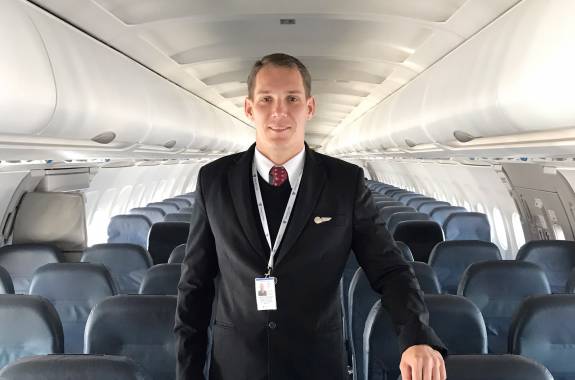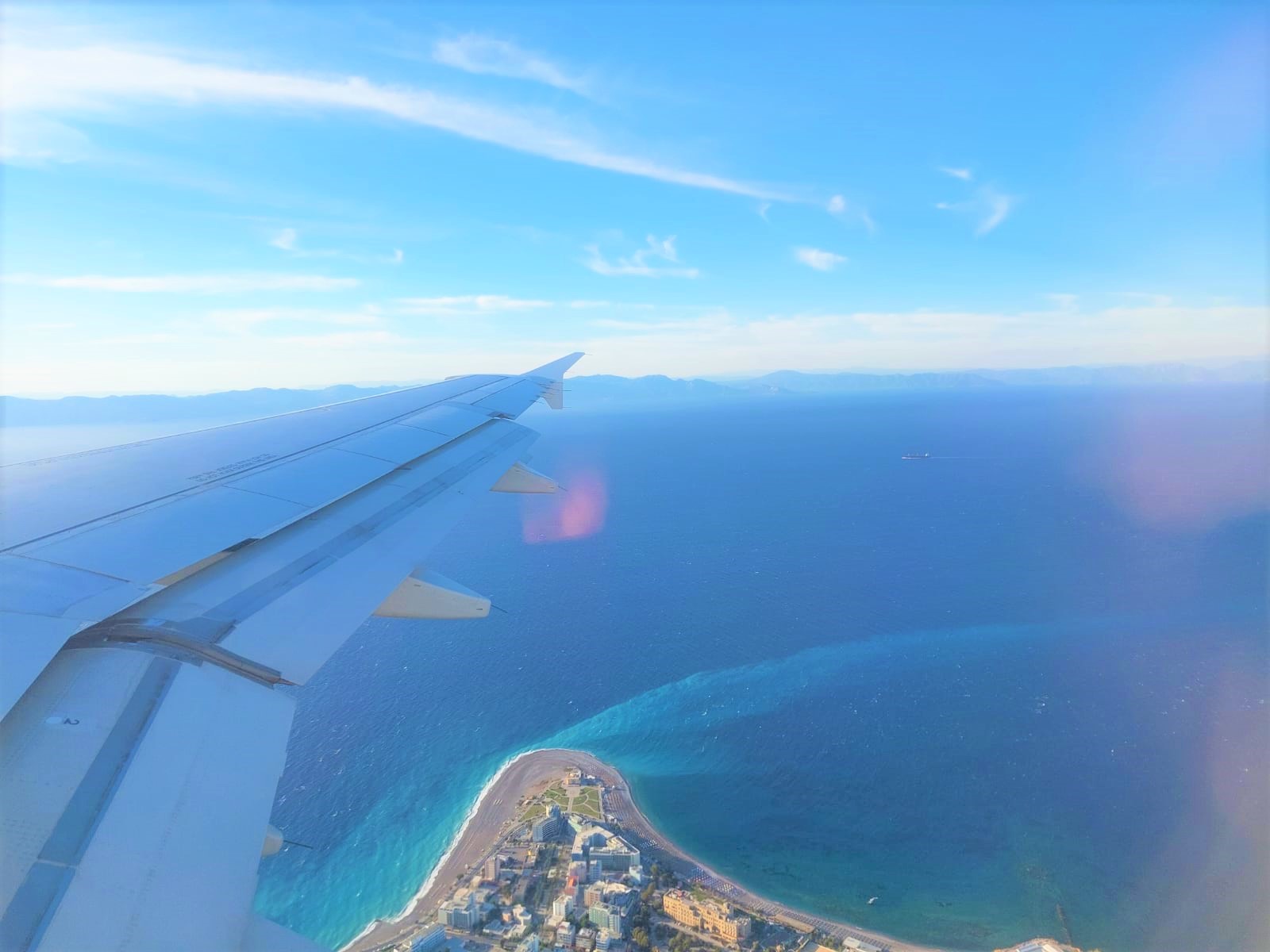

Long flight? How to feel well after flying for so long
04.10.2021Medium- to Long-haul travel is nothing new in the current day and age, but flyers still agree that long flights are not a pleasant experience. With better ventilation and lighting systems, airliners become more comfortable, but for the full experience, the behavior of the passenger is also a key factor in how well he or she may feel at the destination country.
Lauris Kiukucans, our Senior Cabin Crew member and Training Instructor, shares essential tips on how each traveler can make their journey more enjoyable.
Drink plenty of water
One of the most important rules when flying is consuming enough water. Even in the newest airliners the cabin air humidity usually hovers around 20% - on par with the Mojave Desert and dryer than the Sahara. Furthermore, aircraft like Airbus A320 are designed to maintain a maximum cabin altitude of 8,000ft, which in turn means that the air inside the aircraft is less saturated with oxygen than at sea level. Combining two of these factors and there are great risks of dehydration which could make a passenger more irritable, fatigued, attention deficient and in some cases feel headaches.
“We recommend our passengers to always hydrate before and during the flight. For some flying cannot be imagined without a coffee or an alcoholic beverage, but keep in mind that those liquids are diuretics, which further exacerbate the problem. Remember to always have a bottle of water at hand and rehydrate as soon as you feel the need,” – comments Lauris Kiukucans.

Exercise regularly on board
During long flights, there is a risk of DVT (deep vein thrombosis), a clot that forms in a vein, most often in the lower leg or thigh. Passengers who have a history of the condition, are obese, have recently been pregnant, take oral contraceptives or live a lifestyle that does not include physical activity are more prone to the aforementioned clots forming. As a rule, the longer is the flight, the greater becomes the risk for DVT if a passenger does not move for long periods.
Smartlynx Airlines Senior Cabin Crew member and Training Instructor says that “while DVT cases are relatively rare, they still pose a major risk to every air traveler. Luckily, with the right pre-planning and approach to the problem, it is possible to avoid clot formation. One of the best practices includes going down the cabin aisle to get the blood flowing every 2 hours. In case a passenger is not comfortable disturbing his or her seat neighbor lifting ankles and making circles them is enough to reduce clot risk significantly.”
Adapt to another time zone couple of days prior
Before travelling to a country where a time zone can be a couple of hours ahead or behind the one you are residing in, health experts recommend adapting to the time zone couple of days before avoiding jet lag. Jet lag – is a condition when the body rhythm is disrupted after changing several time zones quickly. This phenomenon leads to cognitive decline, psychotic and mood disorders, sleep disorders and an increased chance of heart disease and cancer.
“To prevent jet lag, a proven tactic used by our cabin crew when they will have a layover in another time zone is to prepare for the change beforehand. For example, if you will be flying to the time zone that is three hours behind the current one you are in, 3 days before the flight turn on bright lights when it becomes darker and go to sleep a couple of hours later than usual. This way, the body will have had a couple of days to adjust to the new rhythm.” – explains SmartLynx Airline’s representative.
site.partners.title






